Growing up during the Romanian revolution, the photographer’s latest project ruminates on the country’s complicated history and asks why to this day, the deaths of those lost have not been properly reconciled.
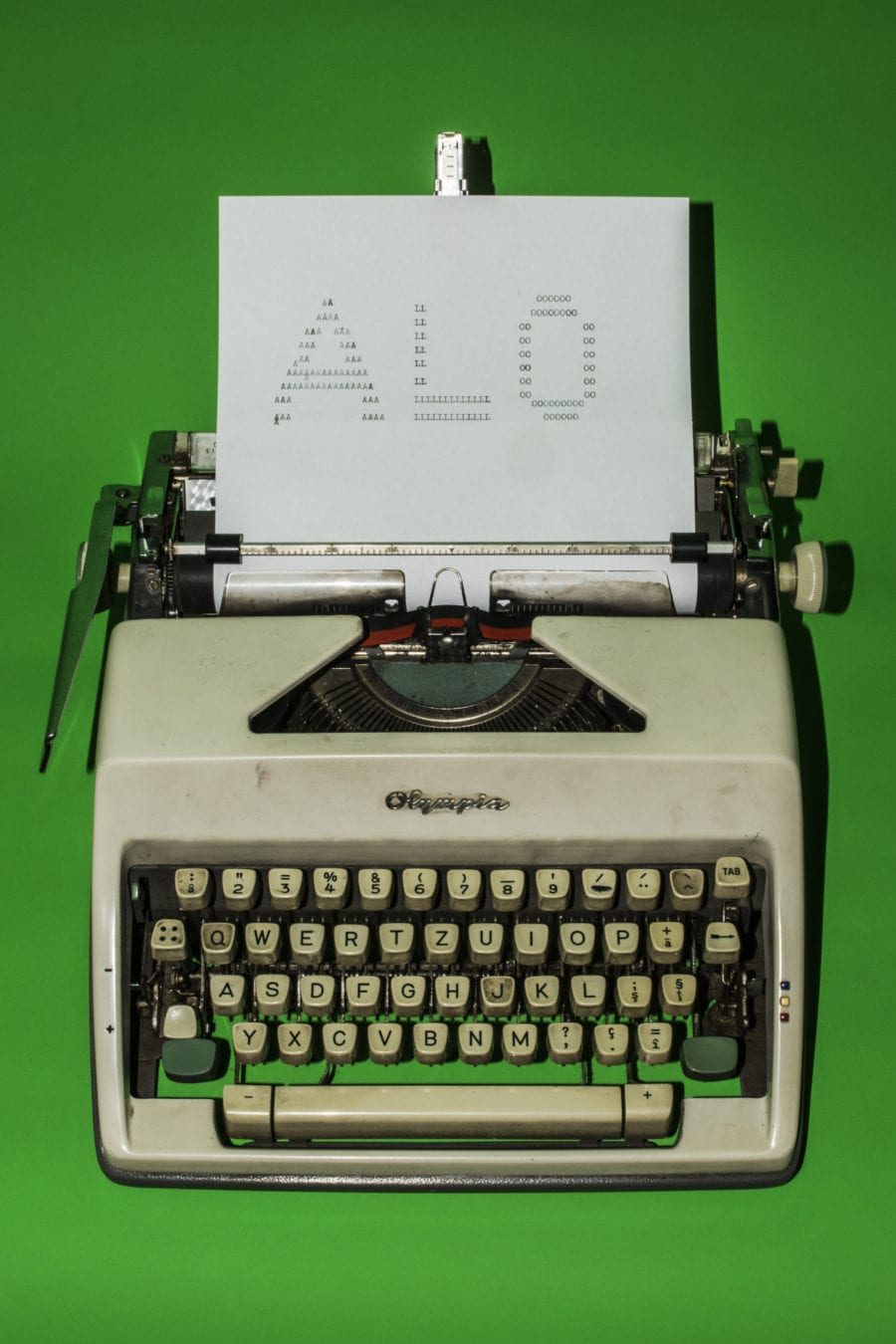

Growing up during the Romanian revolution, the photographer’s latest project ruminates on the country’s complicated history and asks why to this day, the deaths of those lost have not been properly reconciled.
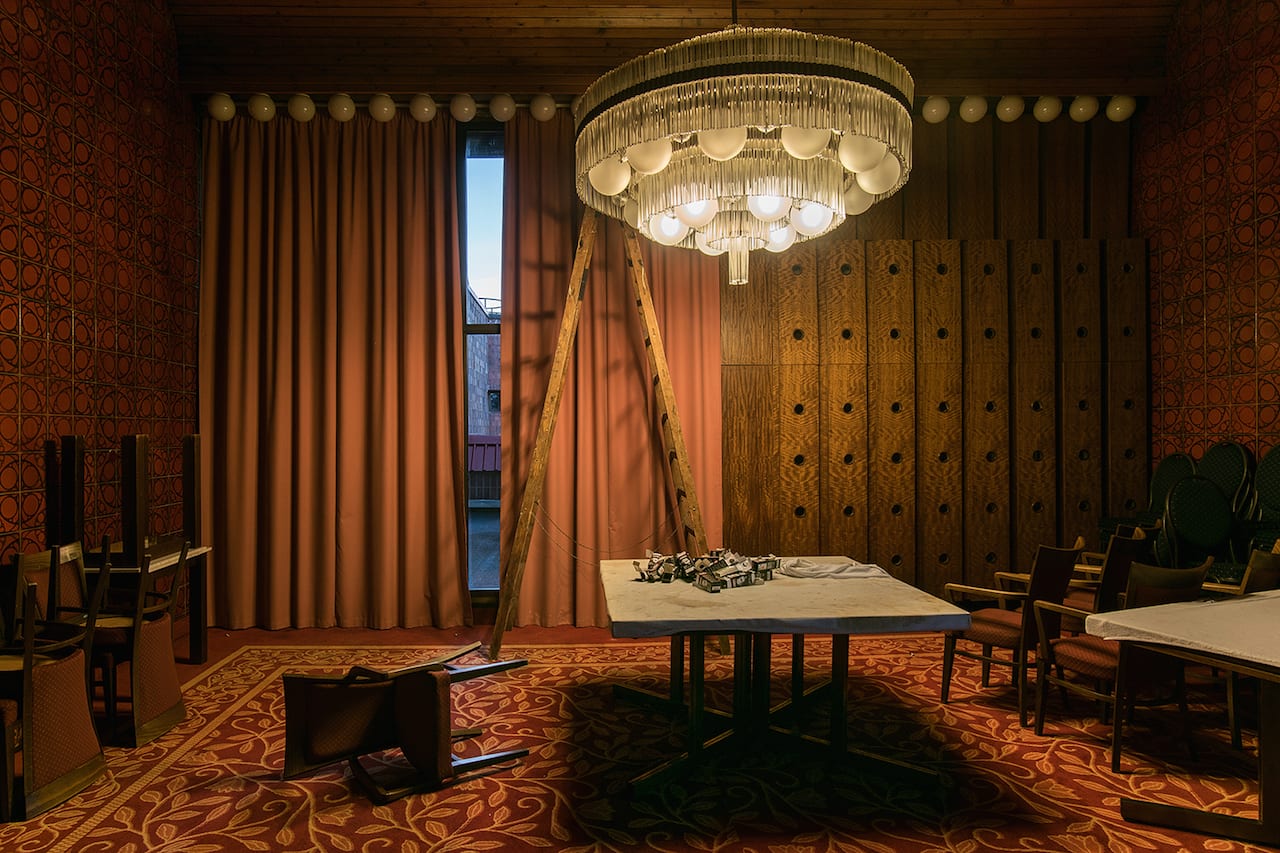
Born in 1991, Polish photographer Karol Palka is currently working on a PhD at the Jan Matejko Academy of Fine Arts in Krakow, which he hopes to finish in 2021. His series Edifice documents communist-era buildings in Poland and neighbouring Eastern Bloc countries. It includes shots of the Polana Hotel, once owned by the Communist Party of Czechoslovakia, and the former office building for the management of the Nowa Huta Steelworks, which was once visited by Nikita Khrushchev and Fidel Castro.
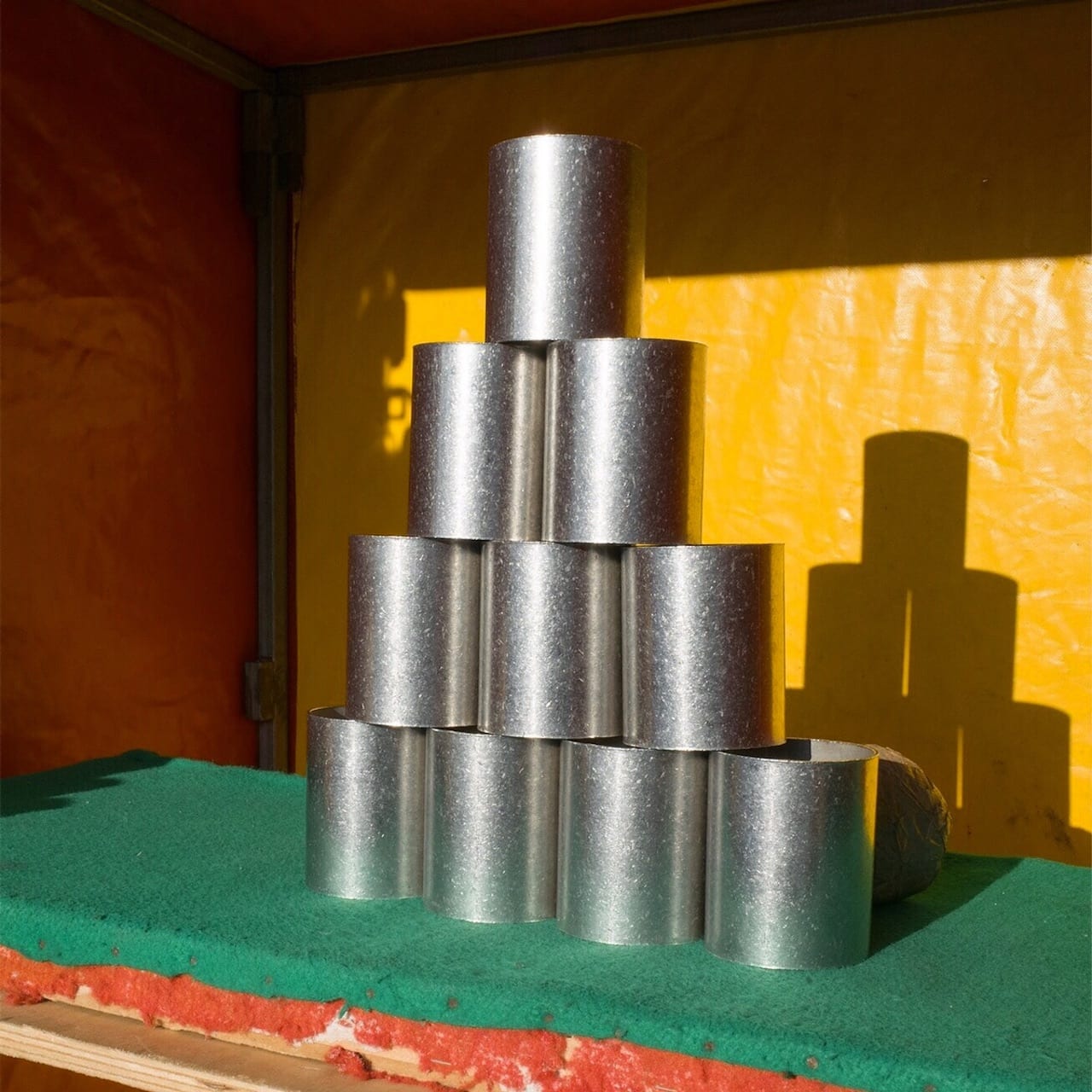
Publications we loved, and the big news stories from the last month in photobooks – including the nominees from the 2019 Mack First Book Award and an interview with photobook collector extraordinaire Manfred Heiting
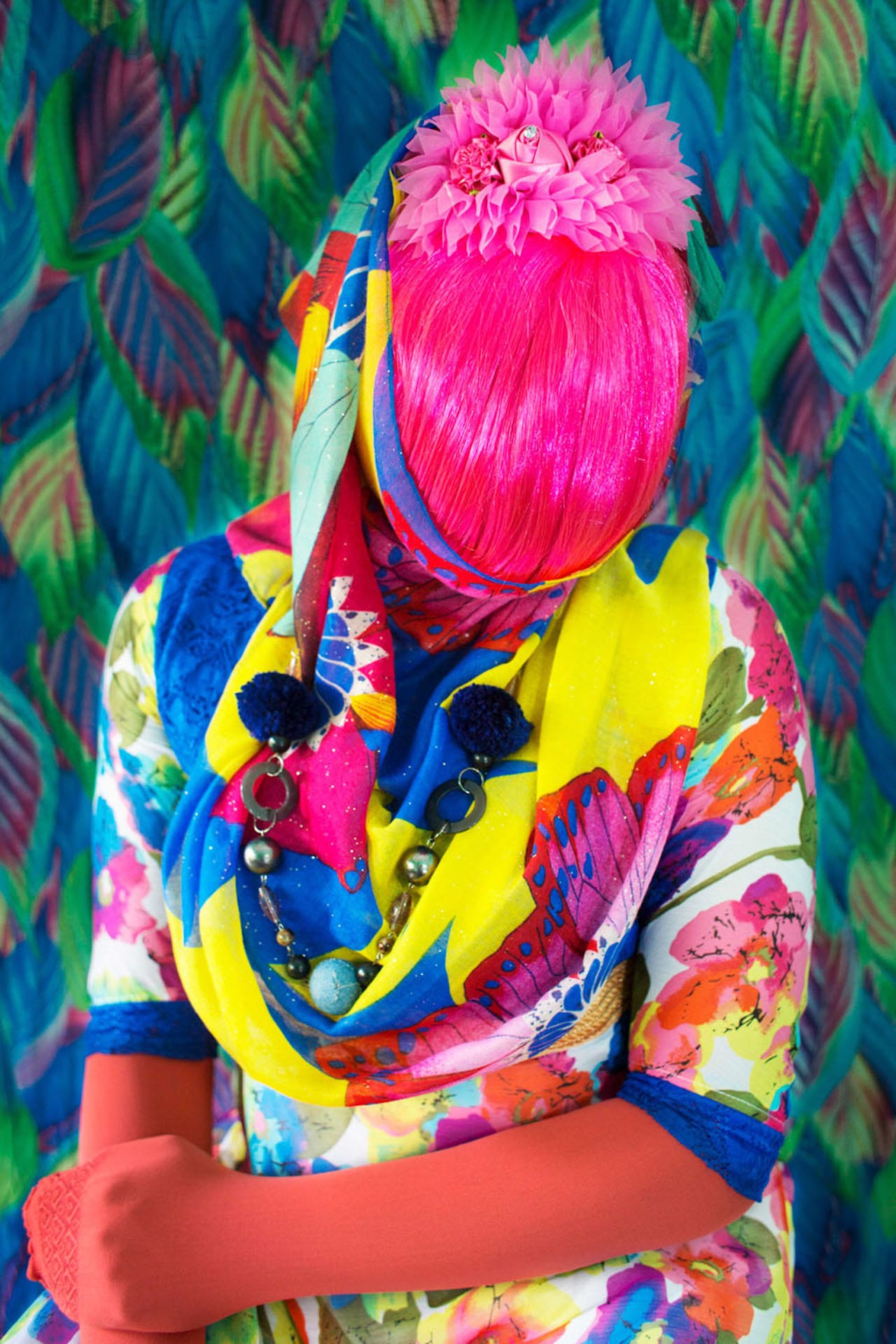
“Chobi Mela continues the way it began,” writes Shahidul Alam. “Unyielding to power.” He’s referencing the very first Chobi Mela festival, which opened in Dhaka, Bangladesh back in 2000. Alam and Robert Pledge had painstakingly put together an exhibition on Bangladesh’s 1971 war, which a government minister – phoning at midnight – wanted to censor; rather than comply and remove the offending prints, Alam and Pledge moved the entire exhibition to a new venue, which opened at 3pm the next day.
“That is how we’ve always done it,” writes Alam, the founder of Chobi Mela. “Against the odds, facing the storm, with the wind against our face.”
Though he doesn’t mention it outright, it’s difficult to read his comments now without also thinking of Alam’s own recent experience, in which he spent 107 days in Dhaka Central Jail last year. The 63-year old photographer and Drik Gallery director was arrested on 05 August after stating in an interview with Al Jazeera that the wave of student protests in Bangladesh last year was a reaction to government corruption. He was charged with violating Section 57 of Bangladesh’s Information and Communication Technology Act (ICT) – which has been used in more than 20 recent cases involving journalists, most of them related to news-reporting – and was held for more than 100 days.
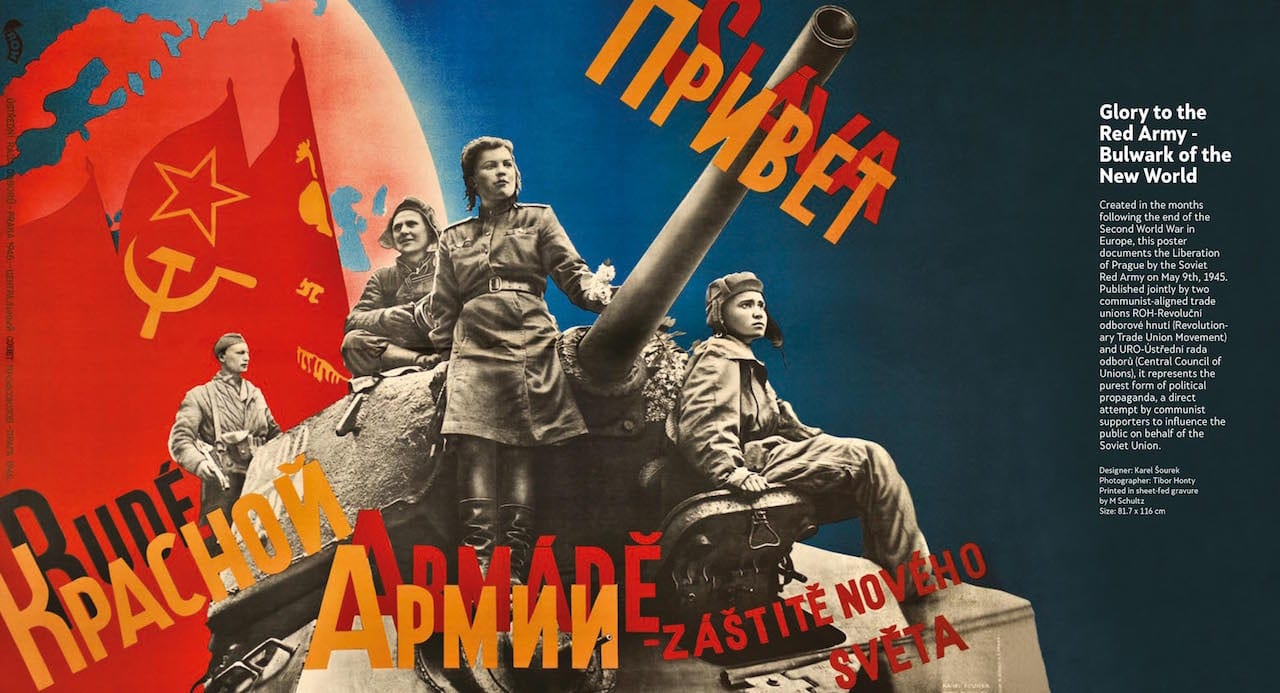
Manfred Heiting started collecting photobooks in the 1970s, turning to it in earnest in the 1990s and creating a library that was considered one of the most complete in the world, including a copy of most of the important photobooks that appeared from 1888-1970 in Europe, the United States, the Soviet Union, and Japan. This collection formed the basis of several compendium books published by Steidl, including “Autopsie” – German Photobooks 1918-1945, The Soviet Photobook 1920-1941, and The Japanese Photobook 1912-1990 – but sadly, it was decimated in the California wildfires of 2018, when it went up in smoke along with Heiting’s home in Malibu. As Steidl publishes a new book by Heiting, Czech and Slovak Photo Publications, 1918-1989, BJP caught up with him.
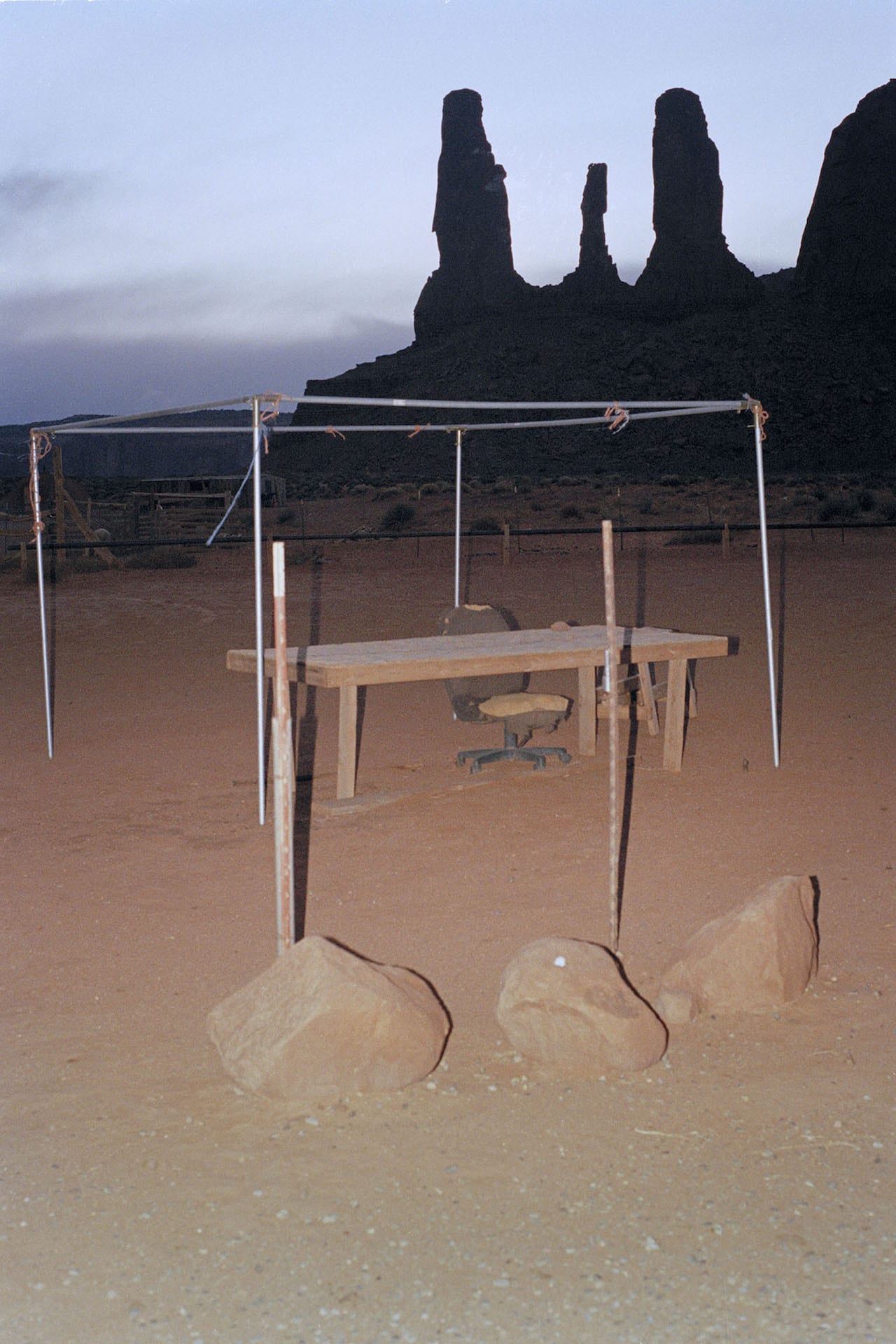
Publications we loved, and the big news stories from the last month in photobooks, including American Winter by Gerry Johansson, Void’s Hunger project, and JA Mortram’s Small Town Inertia
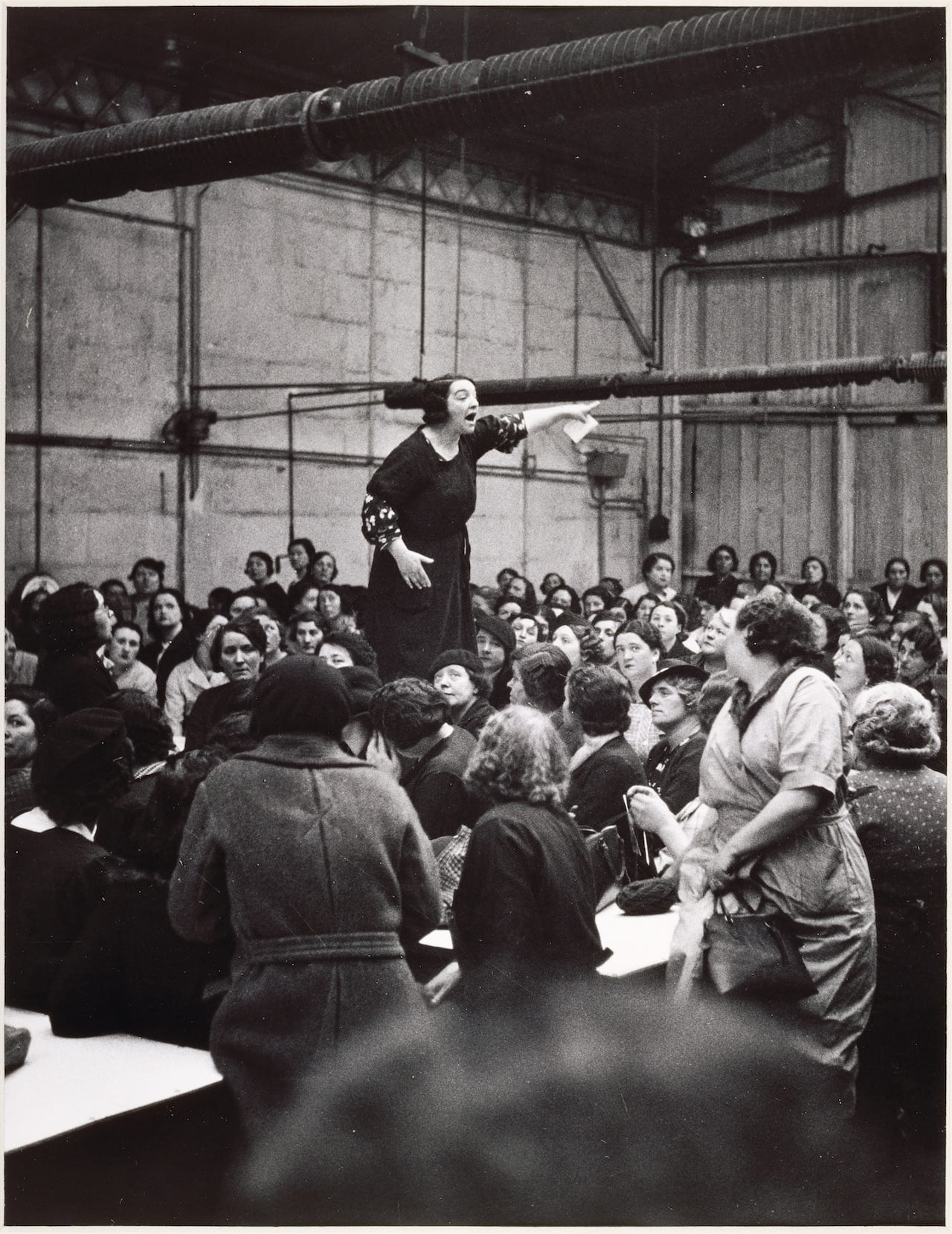
From 07 November to 04 February, the Centre Pompidou in Paris is showing a striking exhibition on a little-known aspect of the roots of 20th century social documentary photography, Photographie, arme de classe [which roughly translates as ‘Photography as a weapon in the class struggle’]. Curated by Damarice Amao, Florian Ebner and Christian Joschke, the show deals with a comparatively unknown period in French photo history, from the end of the 1920s to the arrival of the Front populaire government of 1936 – when the socialist, communist and radical parties formed a short-lived coalition to govern France, with the tacit backing of the Soviet Union.
Photographer and activist Henri Tracol (1909-1997) was the first to formulate the idea that photography could be an “arme de classe”, in the tract he wrote for the photographer’s section of the Association des Écrivains et Artistes Revolutionnaires [‘Association of Revolutionary Writers and Artists’ aka the AEAR], formed in 1932. Although this communist front, Moscow-sponsored organisation only lasted a few years, it attracted many of the leading figures of the day from art, theatre, literature, architecture, and particularly photography. Those who joined were either fellow travellers or politically attached to communism, seeing it as a bastion against the twin evils of the time – fascism and capitalism.
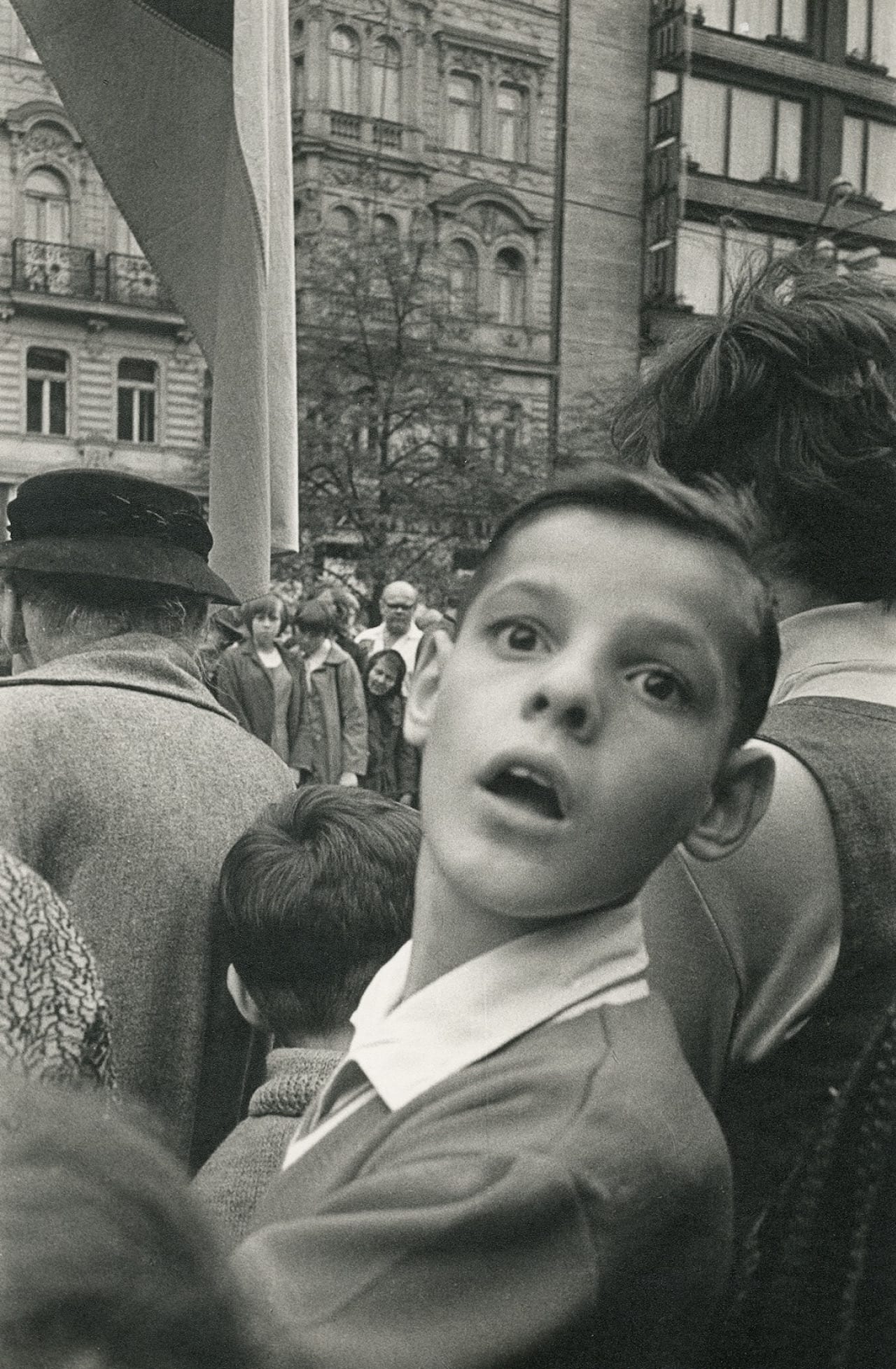
“Childhood is my main theme,” said Dagmar Hochova. “During the totalitarian regime it was one area that could be freely explored and this determined that I sought children out. It was a different era; children played on the streets, in the suburbs. One could see them everywhere.”
Little-known in the UK to this day, Hochova was famous back in Soviet-era Czechoslovakia for her photographs of children. In fact her work extended far beyond this topic but, often critical of the communist regime, much of it could not be published or exhibited until after the 1989 Velvet Revolution.